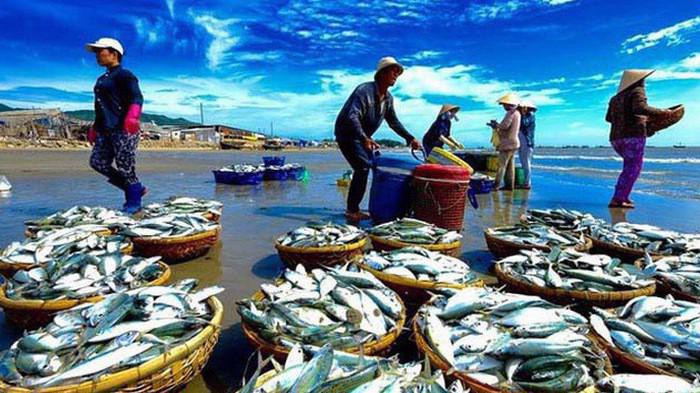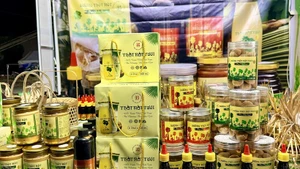The strategy targets to complete the investigation and evaluation of the biodiversity, aquatic resources, and habitats of aquatic species in Vietnam's seas by 2030, including deep sea areas, shallow and underground waters, natural lakes, reservoirs, and river systems.
It sets a target that by 2023, 60% of localities integrate the protection of aquatic resources with the building of new-styled rural areas and eco-tourism development.
Vietnam boasts a long coastline, with many bays and millions of hectares of wetlands, ponds, lakes, and sunken fields, which provides great potential to promote the development of aquaculture.
According to statistics, the fisheries sector had an output of 9.269 million tonnes of seafood from an aquaculture area of 1.3 million hectares this year. The seafood export value in 2023 was estimated at 9.2 billion USD.
Under the national program on protecting and developing aquatic resources until 2030, many practical solutions are identified to conserve, protect and regenerate aquatic resources in a reasonably and effectively manner.
These solutions include amending, supplementing and improving legal regulations on management, protection and development of aquatic resources; diversifying livelihoods for communities living in and around marine protected areas and fishing communities in coastal waters; and supporting fishermen during the marine fishing ban period.
The document also stresses the importance of strengthening coordination among functional forces in inspecting, controlling, and handling violations of law in fisheries activities at sea and inland areas, in addition to promoting international cooperation and human resource training in protecting and developing aquatic resources.
















